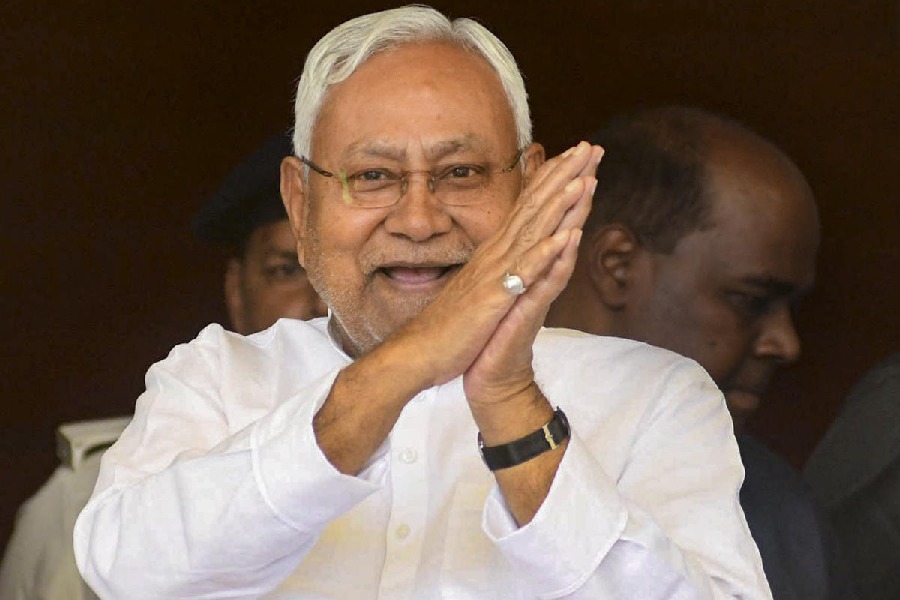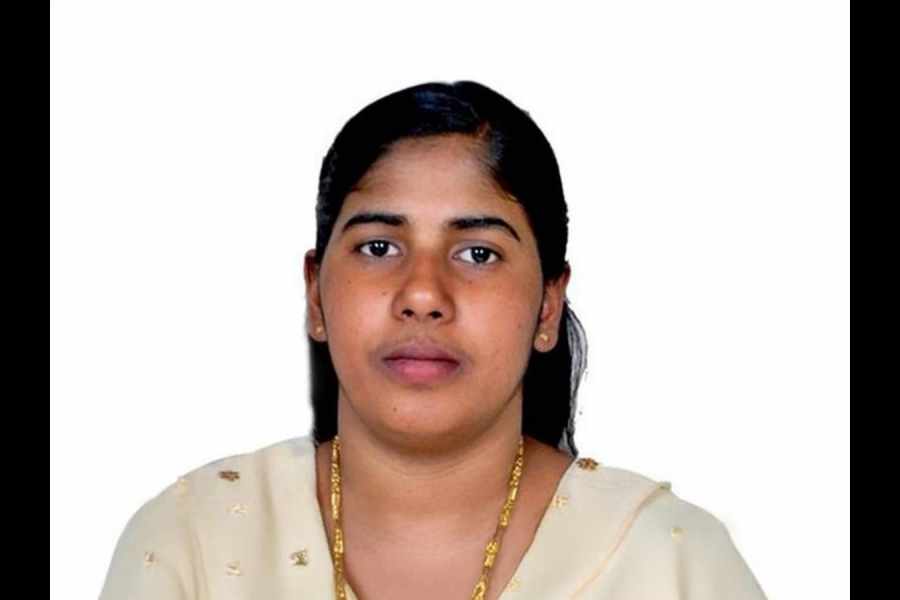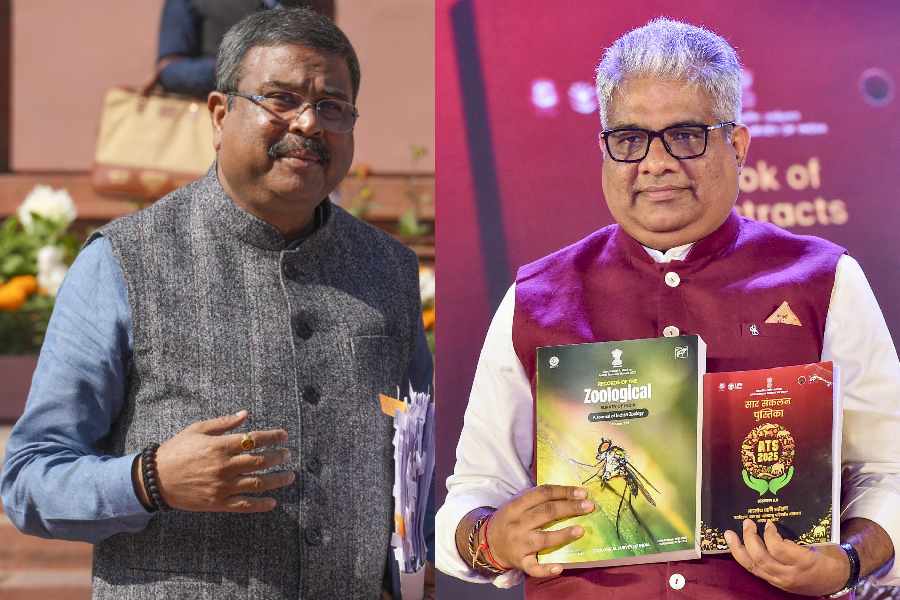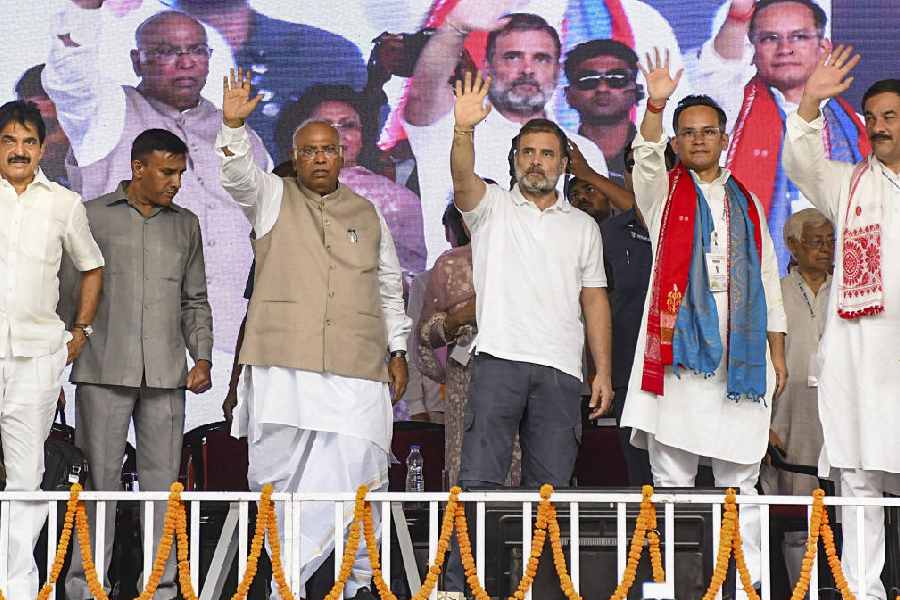
July 21: Arun Shourie did not write the book as a comment on the current communal violence in the country, but the two personalities he writes about embodied "what our religion was", he said.
Speaking at the launch of his book Two Saints: Speculations around and about Ramakrishna Paramahamsa and Ramana Maharishi in the city recently, the writer-journalist-politician hit out at those responsible for creating the ongoing conflict, adding that the "Indian state may not be able to survive the stress".
Shourie's words took on an added significance, as he had been a BJP MP for two terms, and had supported RSS ideals.
On the face of it Two Saints is an attempt to understand mystical experience through natural explanations. Shourie asks two questions: first, what are the circumstances that trigger mystical experiences, of which out-of-body experiences can be an example? Second, if such experiences can be manipulated by stimulating points in the brain, say by electrodes being pressed on the brain on someone who suffers from epilepsy, were they also produced within the saints' minds by the long periods of contemplation - "meditation", as it is better known as now - that they immersed themselves in, which altered their brains?
Ramakrishna, for example, would often see a person who looked exactly like him emerge out of his body and guide him during meditation. Mountaineers above 26,000ft, facing life-and-death situations, attested to similar experiences, of a "third man", perhaps, guiding them to safety. In both situations, it was "a sensed presence".
Could it be that the total sensory deprivation had led to Ramakrishna's vision? Was it an auto-hypnotic state, or even partial seizure, when Ramana Maharishi's heart seemed to have stopped for quite some time, but he rose and claimed that he had seen a vision?
Even if these were, the achievements of these men are not diminished. The "real miracle" about such lives is the life itself, and its influence. "The essence of all religions is inner-directed search," Shourie said. It is beyond appearances and easy assumptions that equate the wearer of a green sari with having "an Islamic heart".
"The godmen of today have nothing to do with tradition," he added. "We must hold the current godmen and gurus to the standards of Ramakrishna and Ramana Maharishi."
Gandhiji looked up to Ramana Maharishi. Apparently C. Rajagopalachari prevented the two from meeting, because Rajagopalachari was afraid that "if Gandhiji went up the hill to meet Ramana Maharishi he would never come back".
Gandhiji was not exactly called a saint but loomed large over the discussion. About the intolerance being practised now in the name of religion, Shourie said "the one thing Gandhian" we could all do is withdraw co-operation. "Gandhiji said no one can oppress us without our co-operation."
On the controversy on the film on Amartya Sen, he said: "The person who says the word 'cow' can't be used is an ass."










